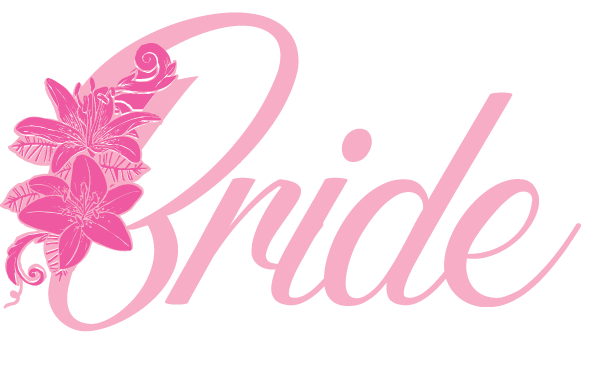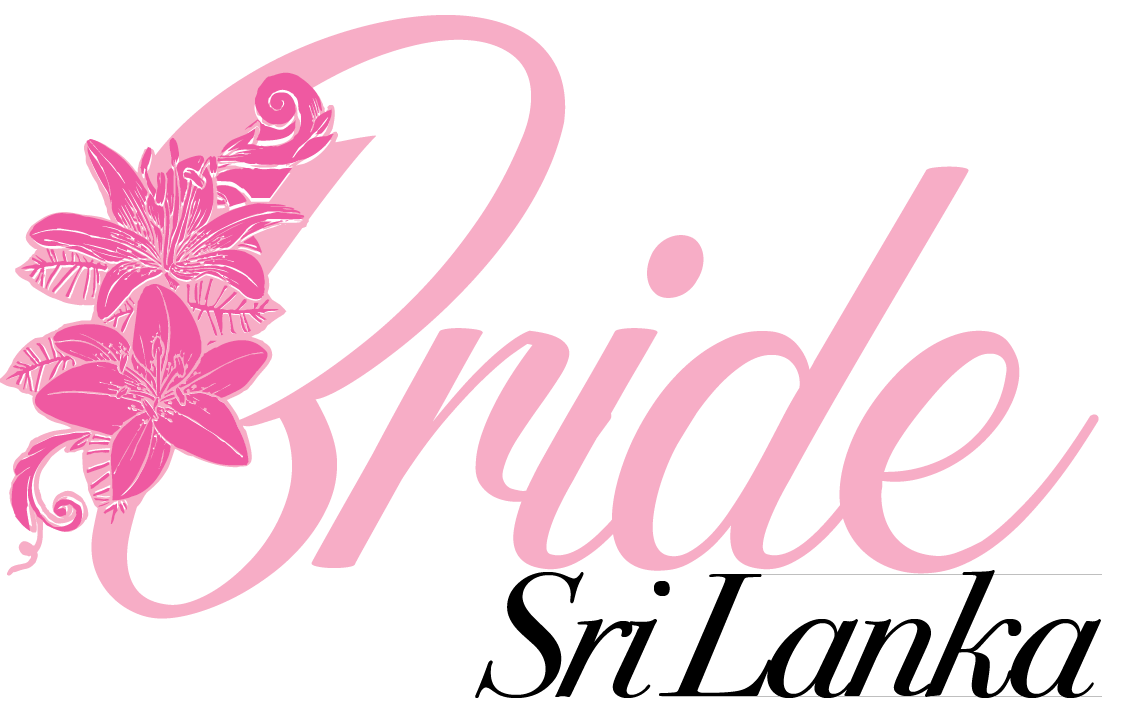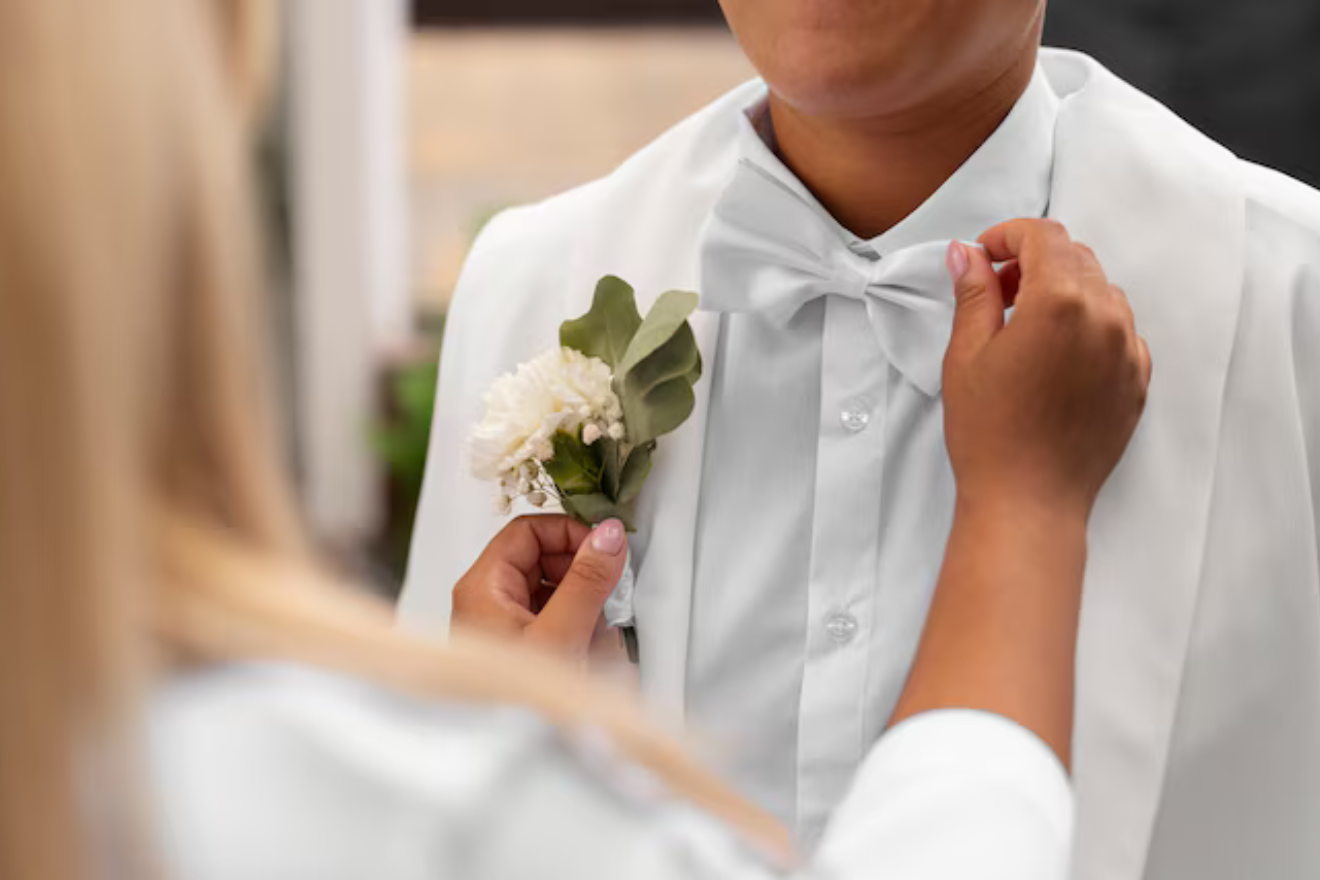Weddings are, without question, a celebration of two people—but in many traditions, all eyes tend to turn toward the bride. Her entrance. Her dress. Her smile(Grooms Guide). That moment. But let’s not forget—standing beside her is the groom, who also plays a central role in making that day unforgettable. So how does a groom dress to impress… without stealing the spotlight from the woman everyone’s waiting to see?
In this guide, we’ll walk through how grooms can coordinate their outfits beautifully, respectfully, and stylishly—enhancing the overall wedding aesthetic, complementing the bride’s look, and still feeling confident and put-together.
Why Coordination Matters in the First Place
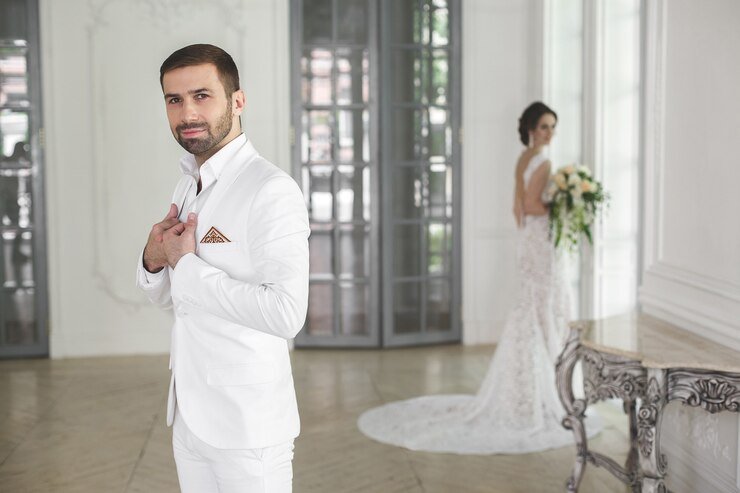
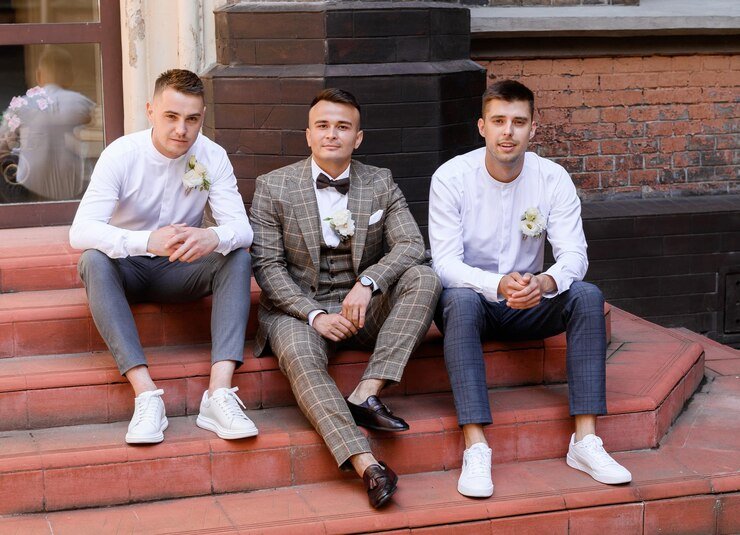
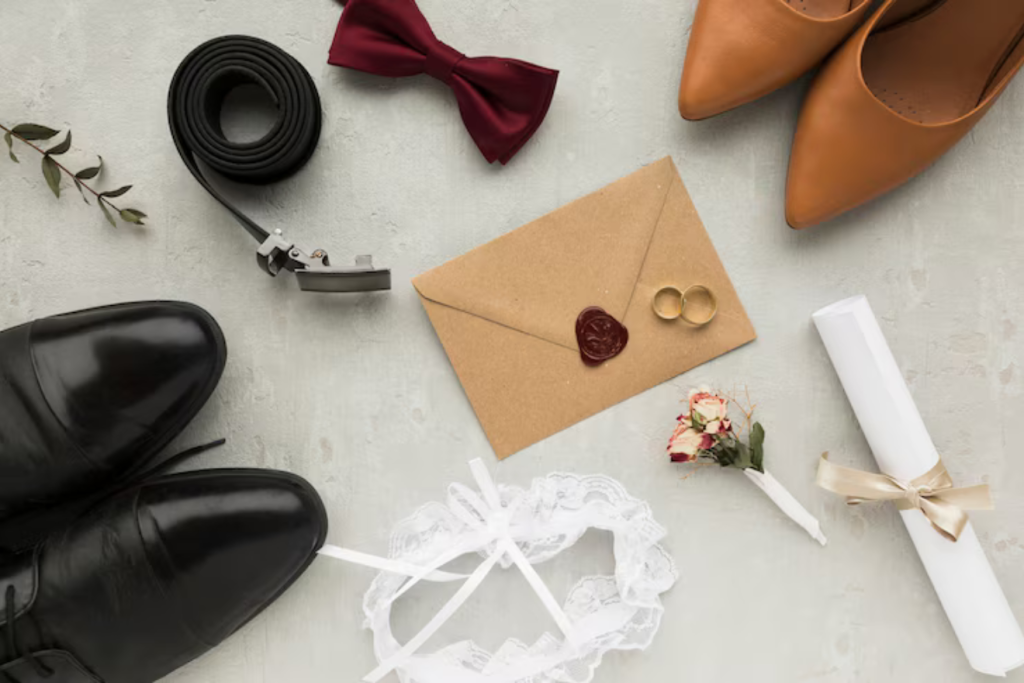
Gone are the days when the groom’s outfit was an afterthought. Today’s weddings are curated down to the last detail—from colour palettes to table linens. In that context, what the groom wears plays a significant role in how the couple presents themselves together.
When a groom’s outfit complements the bride’s, it creates a sense of unity, intention, and shared style. It photographs beautifully and shows that both parties came to the altar with attention, effort, and love—not just for each other, but for the overall celebration.
Step One: Understand Her Look Before You Shop
Before even thinking about fabrics or colors, the groom should have a good sense of what the bride is wearing. Is she going for a traditional Kandyan saree with heavy gold? A Western white gown with pearls and lace? A minimalist pastel lehenga?
While brides usually keep their exact look a surprise until the big day, it helps for the groom to understand:
- The general style (traditional, modern, fusion, etc.)
- The color family she’ll be in
- The level of embellishment (simple vs. ornate)
This knowledge will guide every decision going forward—especially when choosing how formal or subtle the groom’s outfit should be.
Color is Key: Matching Without Copying
The trick is to be complementary, not identical. Grooms don’t need to match the bride’s outfit color exactly—but they should choose shades and accents that harmonize.
Some ideas:
- If the bride is in ivory with gold, the groom could wear a beige or cream sherwani with gold buttons or embroidery.
- If she’s in a deep maroon or crimson, the groom could wear a darker shade like mahogany or go with a neutral outfit and add a maroon shawl, turban, or pocket square.
- For pastel weddings, try soft greys, mint greens, or dusty blues that echo the palette without competing with it.
Avoid bright, standout colors unless the wedding theme calls for it. Neon, heavy metallics, or clashing prints might draw attention for the wrong reasons.
Fabric and Texture: Subtle Sophistication
Another way to ensure the groom doesn’t overshadow the bride is by choosing elegant but understated fabrics.
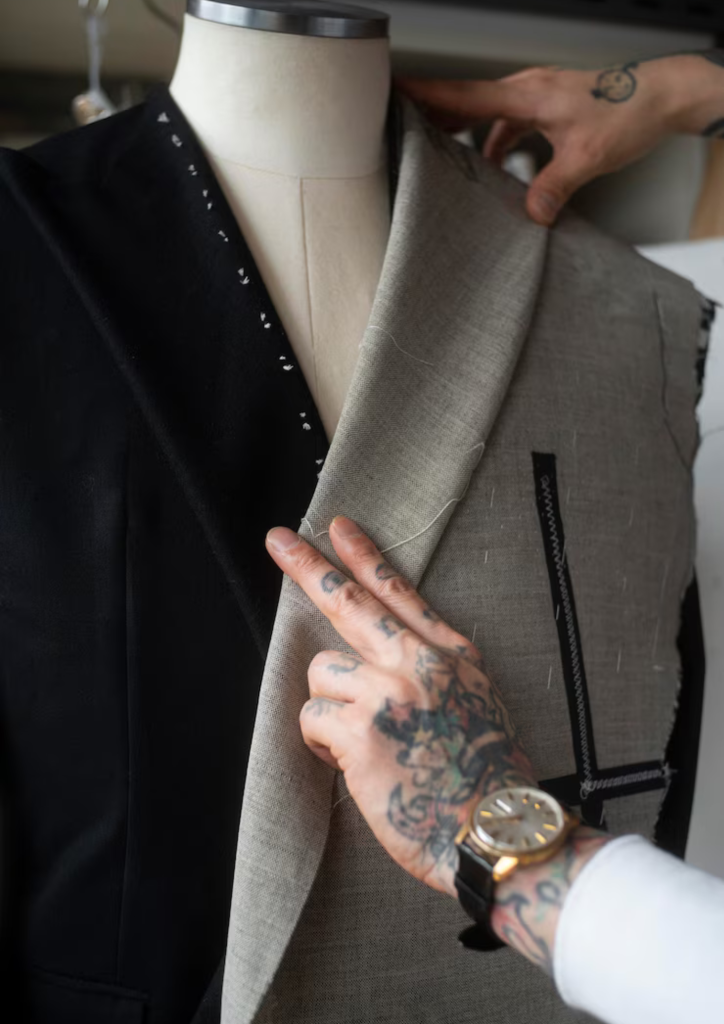
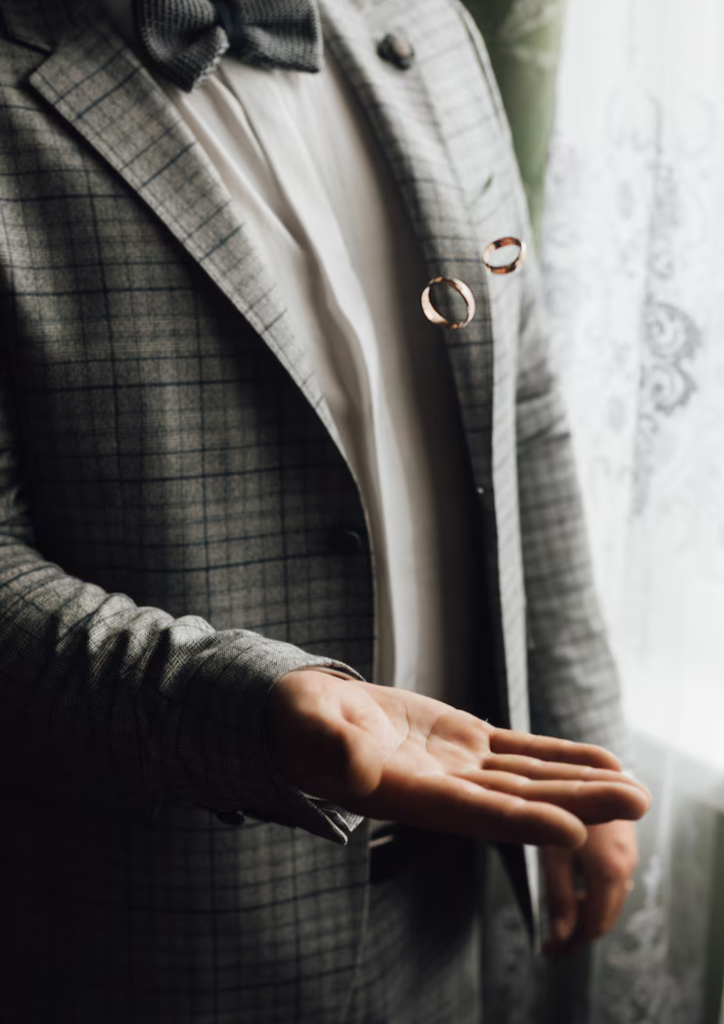
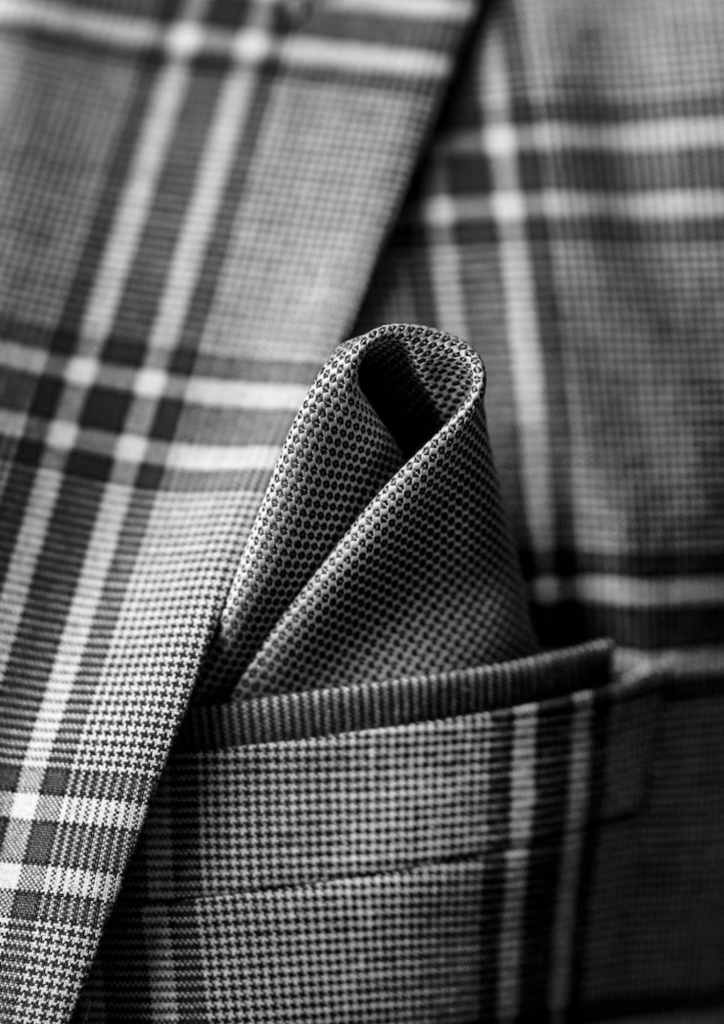
Great choices include:
- Raw silk (classic and regal)
- Handloom cotton-silk blends (especially for daytime weddings)
- Velvet accents (used sparingly for a winter wedding or evening affair)
- Linen or matte blends (for beach or outdoor ceremonies)
Avoid overly shiny, reflective materials unless they’re part of a coordinated look. The bride’s outfit will usually have more shimmer or embroidery—allowing hers to remain the visual focal point.
Embellishments: Less is Often More
While embroidery, beadwork, and motifs are beautiful, balance is everything. If the bride’s outfit is highly embellished (which is common in South Asian weddings), the groom’s should be simpler.
For example:
- If her blouse and veil are heavy with sequins or zari, the groom could go with plain fabric and let a beautifully embroidered shawl or stole add a touch of richness.
- If the bride’s outfit is minimal, the groom can afford a bit more flair—a patterned waistcoat, brocade jacket, or subtle beading.
Just avoid the temptation to mirror the bride. Two heavily embellished outfits side-by-side can clash and look visually chaotic in photos.
The Power of Accessories (and Restraint)
A groom’s accessories can enhance his look without making him the center of attention.
Recommended:
- Classic footwear like mojris, loafers, or tan leather shoes
- Minimal jewellery, such as a family heirloom chain or a slim bracelet
- Simple turban or headpiece if part of cultural attire
- Coordinated pocket square or boutonniere that picks up a tone from the bride’s outfit or bouquet
Avoid oversized watches, heavy chains, or flashy sunglasses—unless they’re part of the wedding theme (like a modern or beach wedding).
Fusion Looks: When East Meets West
Many Sri Lankan grooms today opt for fusion fashion—combining traditional elements with modern tailoring(Grooms Guide). You might wear a tailored suit with a Lankan-inspired sash or choose a bandhgala with local embroidery.
If the bride is also blending styles (say, a white dress with Kandyan jewellery), this approach can be incredibly meaningful. Just ensure the fusion is balanced and culturally respectful—not costume-like.
For Destination Weddings: Keep Comfort and Setting in Mind
Planning a wedding in Galle, Kandy, or an estate in Nuwara Eliya? The location matters more than you think.
- For beach weddings, go with light fabrics, open collars, and rolled-up sleeves. Think linen shirts, soft trousers, and sandals.
- For upcountry ceremonies, layers like shawls or structured jackets work well, especially for cooler evenings.
- For temple weddings, ensure your attire is respectful—covering shoulders and legs, and aligning with the religious norms of the space.
Always choose breathable, season-appropriate outfits—comfort affects confidence, and confidence affects presence(Grooms Guide).
Grooming: Looking Good, Feeling Better
Coordinating isn’t just about clothes. Grooming plays a big role in how the groom complements his bride.
Here are some quick grooming tips:
- Get a haircut 3–5 days before the wedding (not the day before!)
- Tame facial hair, unless it’s part of your signature look
- Moisturise and hydrate for healthy-looking skin
- Keep nails clean and neatly trimmed
- Consider a light facial if your skin tends to look dull or tired
Well-groomed doesn’t mean overdone. Think natural, polished, and photo-ready.
Coordinating for the Photos: Timeless Over Trendy
Photographs last far longer than trends. Choose a look that feels classic and comfortable to you, while still matching the mood of your partner’s attire.
Things to avoid in your photos:
- Loud patterns that clash with the bride’s
- Mismatched formality (e.g., you’re in jeans, she’s in a bridal saree)
- Distracting accessories or props that don’t align with the theme
When in doubt, talk to your photographer ahead of time—they often have great suggestions for poses and angles that highlight both partners equally and tastefully(Grooms Guide).
Communicate with the Bride (But Don’t Ruin the Surprise!)
If you’re keeping her look a surprise—and vice versa—coordinate through shared mood boards, your wedding planner, or a trusted friend (Grooms Guide). Decide on a theme, color scheme, and formality level, then let each person interpret it their way.
The best-dressed couples are those who look like they’re part of the same story, not two separate fashion shows.
Final Thoughts: Elevate Without Competing – Grooms Guide
At the end of the day, you’re not competing with your bride—you’re standing beside her, lifting her up, matching her energy, and creating an unforgettable memory together.
The groom’s outfit should reflect the same intention, love, and care that went into choosing the bride’s. By coordinating well—through colors, fabric, accessories, and attitude—you ensure that both of you shine in harmony(Grooms Guide).
Because the best-dressed groom isn’t the one who turns every head—he’s the one who makes the bride look and feel like the star she truly is.
